Panspermia is the theory that life could be delivered to Earth or any other planet by being carried through space by meteorites, comets or asteroids.
Panspermia addresses the way that life could be distributed across the Galaxy, not how life actually began.
Exobiologists have traditionally focussed on the possibility of life on Mars and within the subsurface oceans of the icy moons Europa and Enceladus, but could simple life forms such as bacteria and extremeophiles be – as panspermia proposes – much more widespread?
- Will we ever find life beyond Earth?
- Could there be life on Venus?
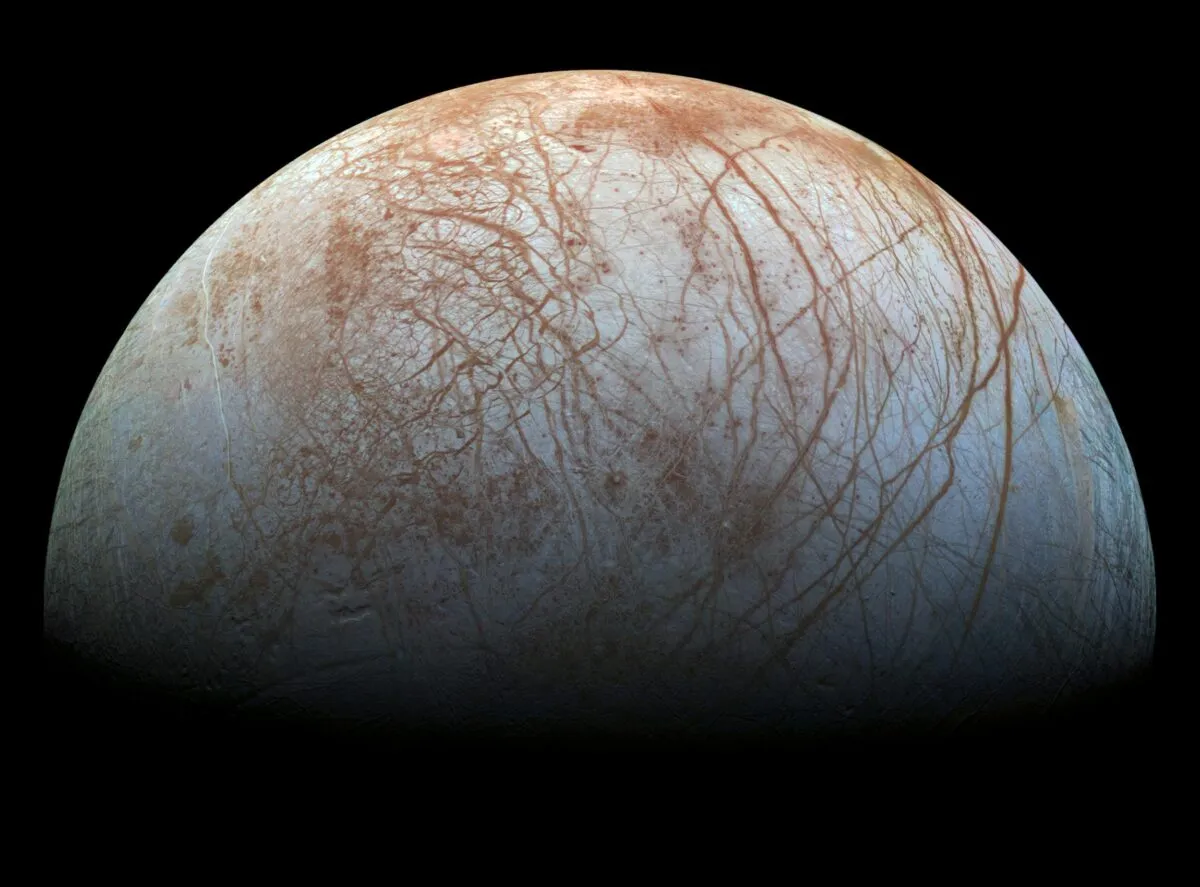
Could life be drifting through interplanetary space right now, in the form of dormant spores and bacteria?
Could the theory of panspermia be true? Many researchers have questioned whether panspermia is really possible.
Both Iosif Shklovsky and Carl Sagan noted how the harsh environment of space could seriously damage viable DNA or RNA in spores and microorganisms.
Others consider that given enough microbes in a dust cloud, some could survive in space in a dormant form.
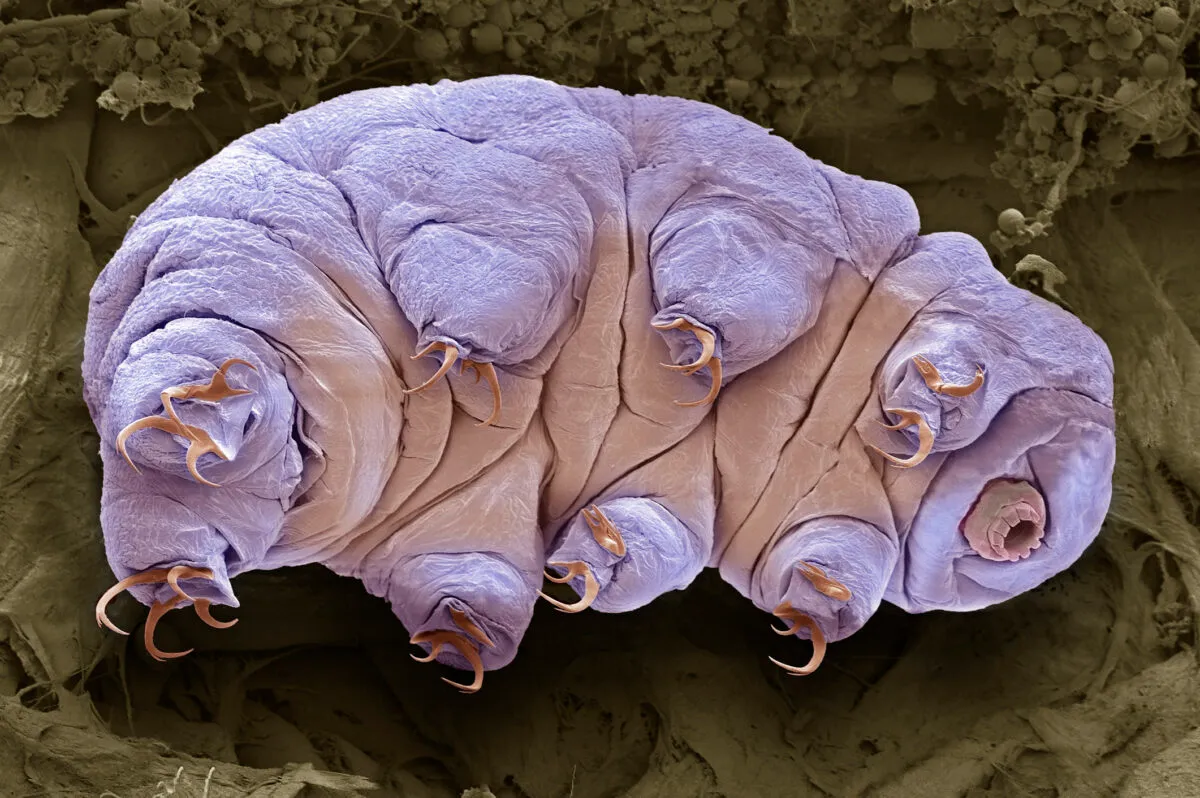
Different types of panspermia
Lithopanspermia
Lithopanspermia proposes that extremophile-type microscopic life could exist in debris blasted into space from planetary collisions with asteroids and comets.
Radiopanspermia
Radiopanspermia postulates that organisms might travel through space via radiation pressure from stars – it is argued in this situation that the lethal action of ultraviolet and X-ray radiation, plus the vacuum of space, does not completely destroy all the microorganisms, and that enough may possibly survive to seed a suitable planetary environment.
Pseudopanspermia
In a relatively soft molecular process, the organic building blocks of life originate in interstellar dust clouds and are transported to the surfaces of planets where life is then developed via abiogenesis.
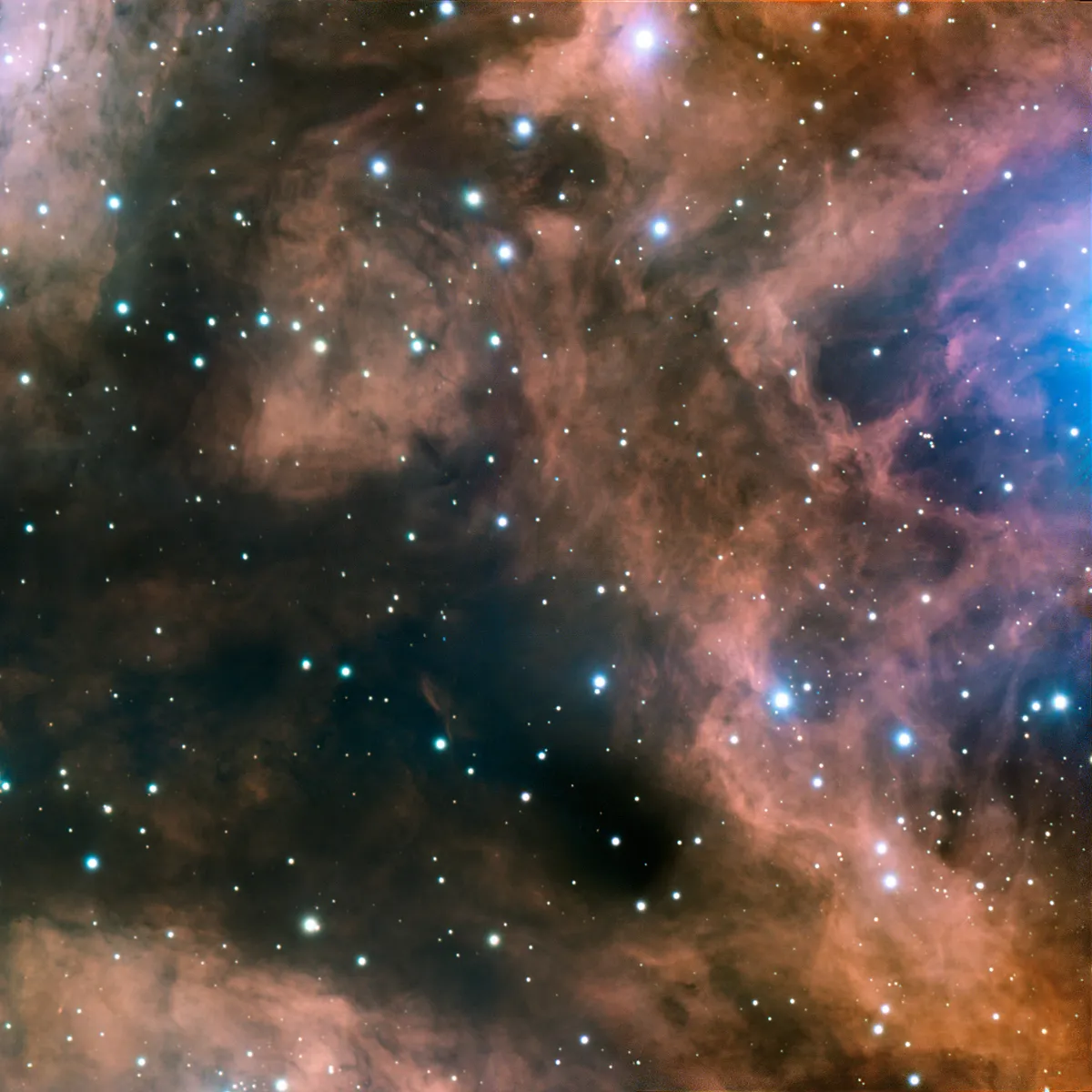
Who proposed the theory of panspermia?
The concept of panspermia began in a basic form in the work of researchers such as Jöns Jacob Berzelius, Hermann Richter and Svante Arrhenius from the 1830s through to the early 1900s.
In more recent years it has been promoted by Prof Chandra Wickramasinghe, a former colleague of the famous cosmologist Sir Fred Hoyle.
His views also include the idea that pandemics and outbreaks of illness have occurred as a result of active spores travelling across the vacuum of interplanetary space and arriving in the atmosphere.
A good many exobiologists doubt these conclusions. However, it was Wickramasinghe who first proposed, with Hoyle in 1974, that some dust in interstellar space was largely organic as it is composed of carbon compounds, including silicates, inorganic carbon (such as graphite) and ices of various kinds.
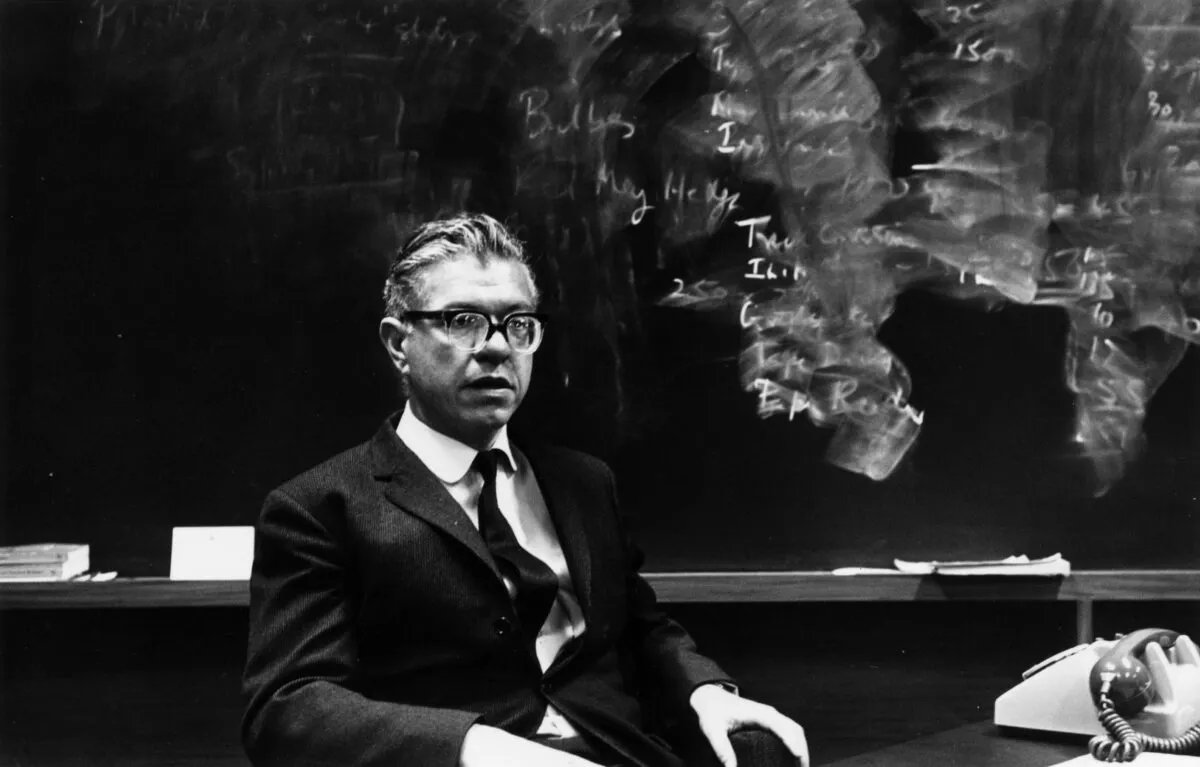
Today the scientific community accepts that organic molecules are common in the Galaxy.
To add to the panspermia debate, results of the EXPOSE experiments on the International Space Station (ISS) showed that meteorite-type protection layers around organic biological samples could indeed allow for bacterial endospores and even seeds to survive in the harsh vacuum of space, despite heavy ultraviolet radiation and extremely low temperatures.
This material might also withstand an entry into a planetary atmosphere.
Evidence for the panspermia theory
The search for extraterrestrial life and the possibility of organisms surviving the harsh space environment has been investigated with numerous orbital experiments.
From 2008 to 2016, EXPOSE’s samples were exposed to space and then returned to Earth from the ISS.
Some have survived, even after 1.5 years mounted outside the ISS – in one case 100% of the bacterial endospores placed in Mars-type conditions were viable – still capable of life, in other words.
A quarter of the experiment’s tobacco seeds survived to be grown as plants back on Earth.
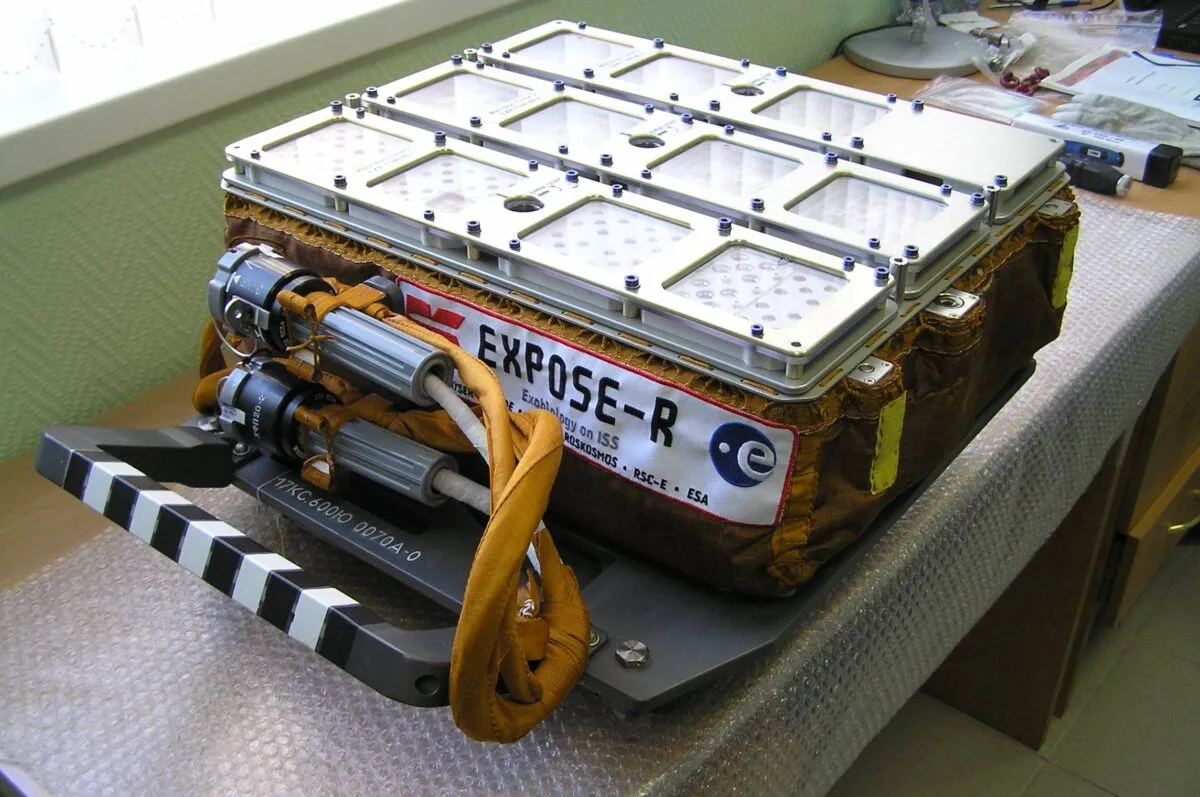
The EXPOSE results represented the first data evidence that basic cryptoendolithic life – organisms that colonise cavities in the structures of rocks – can be hardy enough to survive movement through outer space.
This is of key importance to the panspermia debate and future exobiology research directions.
It is also of direct relevance to future Mars mission sample analysis, planetary protection sterilisation for lander probes and the future exploration of possible life-bearing environments across the Solar System and beyond.
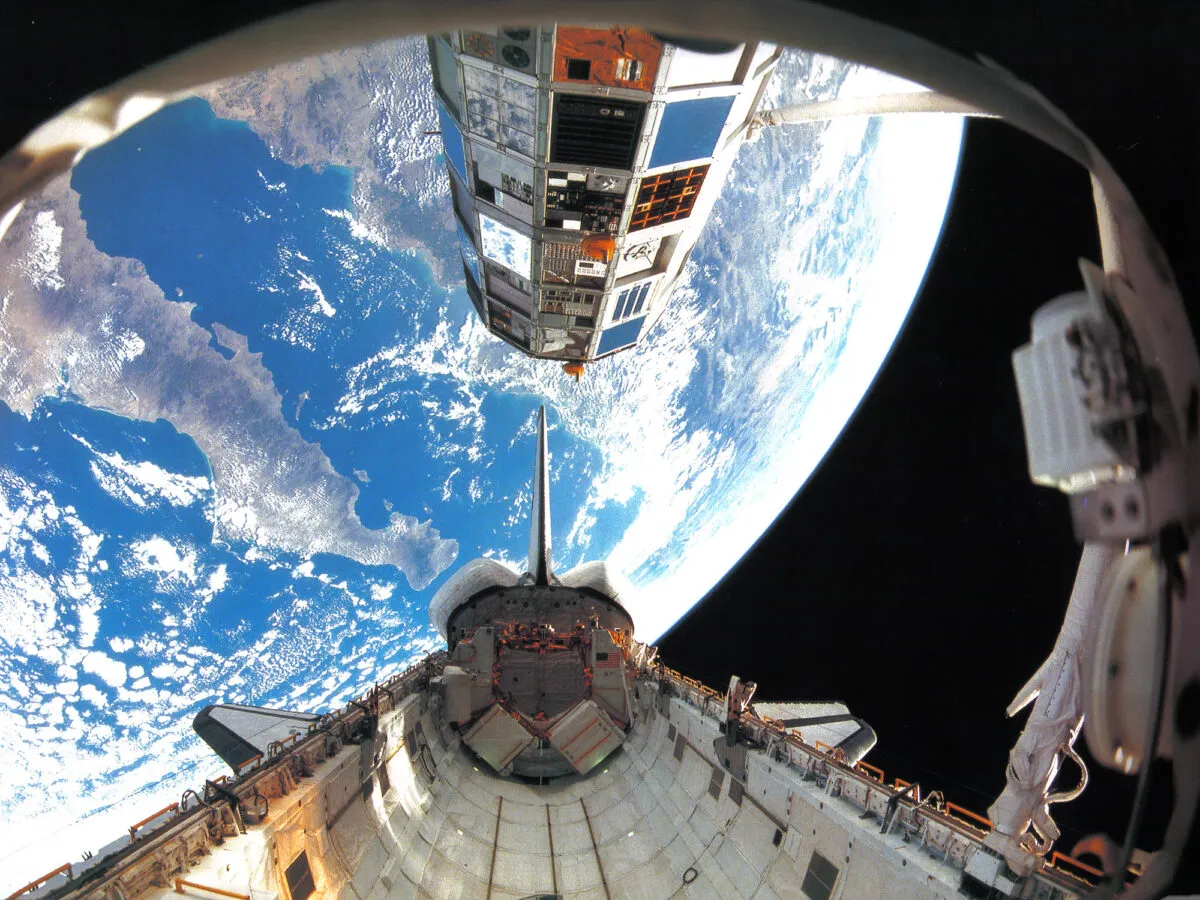
As well as the ISS’s EXPOSE experiments, there has been BIOPAN on Russian Foton capsules and EXOSTACK on the US Long Duration Exposure Facility satellite.
These have shown that when given basic protection, spores, lichens and even tiny animals known as tardigrades could survive for a few years in space.
Famously, a piece of the Surveyor 3 lunar lander that was bought back to Earth by the Apollo 12 crew in 1969 was found to contain an Earth bacterium that appeared to have survived unprotected for over two years on the airless surface.
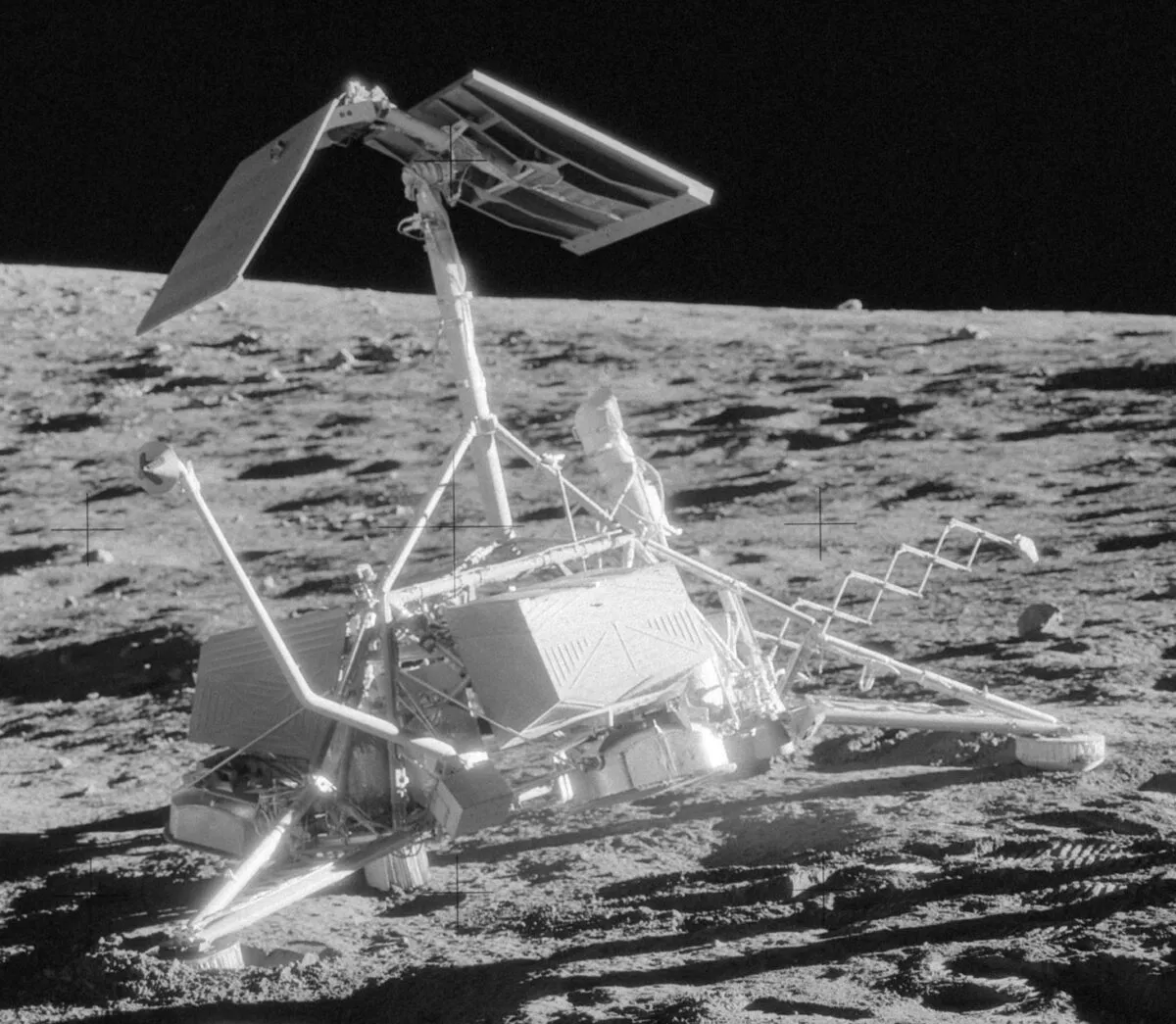
Controversy surrounds whether this bacterium came from laboratory contamination on arrival back on Earth, but the excitement it caused gave added concerns over future contamination by lander probes to Mars and destinations such as Titan, Europa and Enceladus.
A search for space microorganisms at stratospheric altitudes was carried out by the Indian Space Research Organisation (ISRO) via balloon flights between 2001 and 2006.
The results were considered by Wickramasinghe to indicate that living interplanetary cells existed in air samples taken from above 41km, a level at which air from lower levels of the atmosphere could not normally be transported.
However, in 2010 NASA atmospheric sampling before and after hurricanes suggested that large-scale convection could transport Earth bacteria very high into the upper reaches of the atmosphere.
Is panspermia possible? Arguments for and against
Yes
Prof Chandra Wickramasinghe, director of theBuckingham Centre for Astrobiology, University of Buckingham

"When Fred Hoyle and I first proposed the theory of cometary panspermia in the early 1980s, the supportive evidence was very limited compared to what we have today.
"Our starting point was the unexpected evidence that was obtained in the 1970s for the widespread occurrence of complex organic molecules resembling biological dust in interstellar space.
"This data was combined with perceived flaws and inadequacies in the standard theories of the origin and evolution of life on the Earth to develop the Hoyle-Wickramasinghe theory of cosmic life.
"Many predictions of the H-W theory have since been verified. These include the detection of biomaterial in comet dust collected in the stratosphere, discoveries following from the space exploration of comets and the surprising evidence from DNA sequence studies indicating the role of extrinsic viruses in the evolution of terrestrial life.
"The enormous survivability of bacteria and viruses, as well as plant seeds and tardigrades under space conditions, powerfully adds to the case for panspermia and for life as a cosmic rather than terrestrial phenomenon.
"In my view, the old primordial soup idea will soon be relegated to the archives of science history. Over a period of three decades no data has come to light that contradicts cometary panspermia."
No
Prof Ian Crawford, professor ofplanetary science and astrobiology, Birkbeck University of London
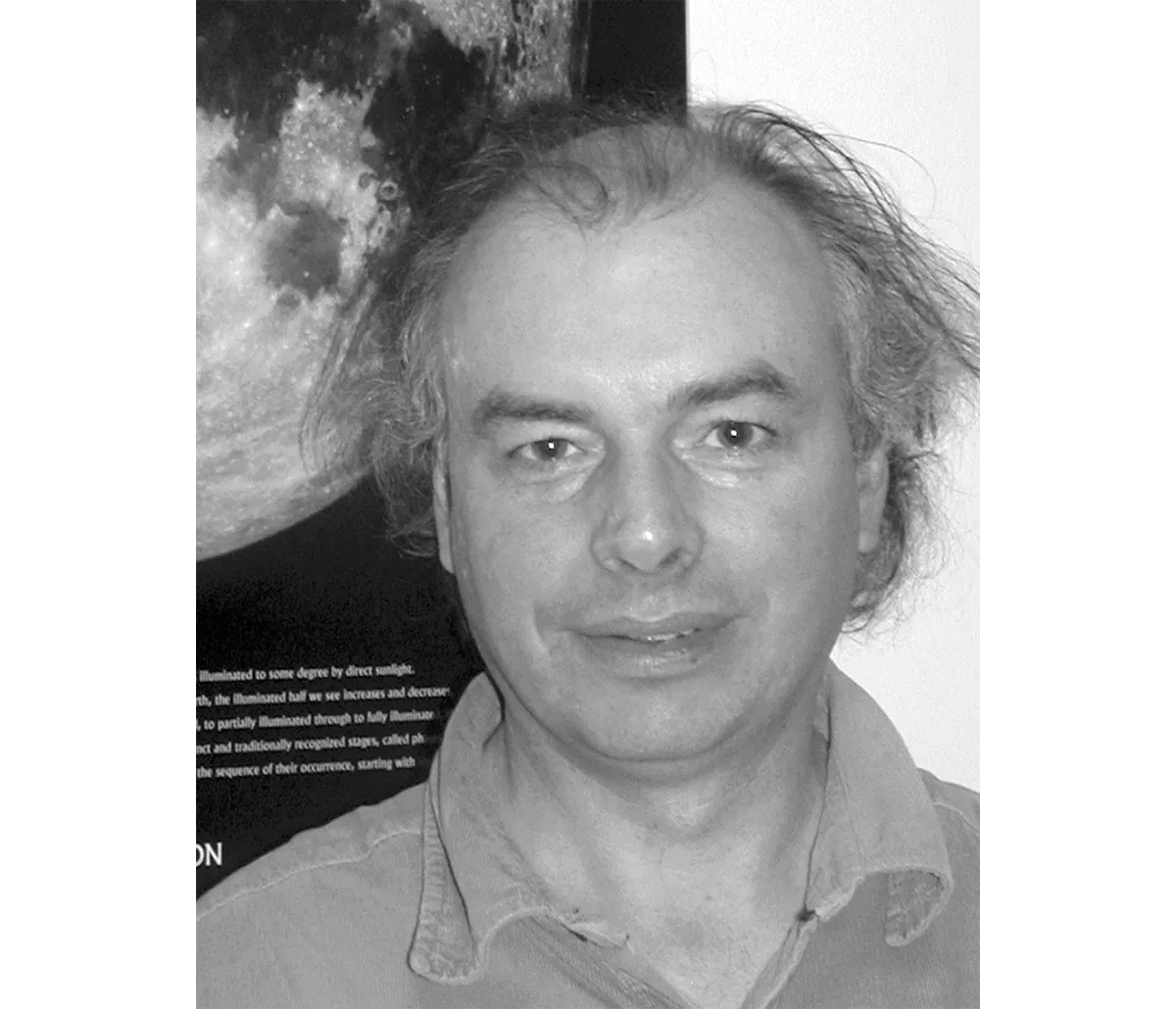
"It is theoretically plausible for microbes to travel between planets in meteorites, but this has not yet been demonstrated. If it proves to be physically possible then it follows that life may have arrived on Earth from elsewhere, perhaps from Mars or another location in the Solar System, although there is no evidence for this.
"Panspermia, if it occurs, does not solve the problem of the origin of life, but merely relocates that event to somewhere else in the Universe.
"The main theoretical advantage of panspermia as a concept is that wherever ‘somewhere else’ was, it may have permitted more time for the pre-biological chemical reactions that led to the origin of life, but we don’t currently know that more time was actually required.
"The only way to determine if panspermia has been operating in the Solar System is to explore other habitable, or past habitable, environments on other planets – such as Mars.
"If panspermia has been operating, it will predict that all life found throughout the Solar System will have a common origin and thus share key biochemical characteristics – such as the same genetic code. On the other hand, if life did not travel between planets, we would expect that any life we find would be quite different to our own."
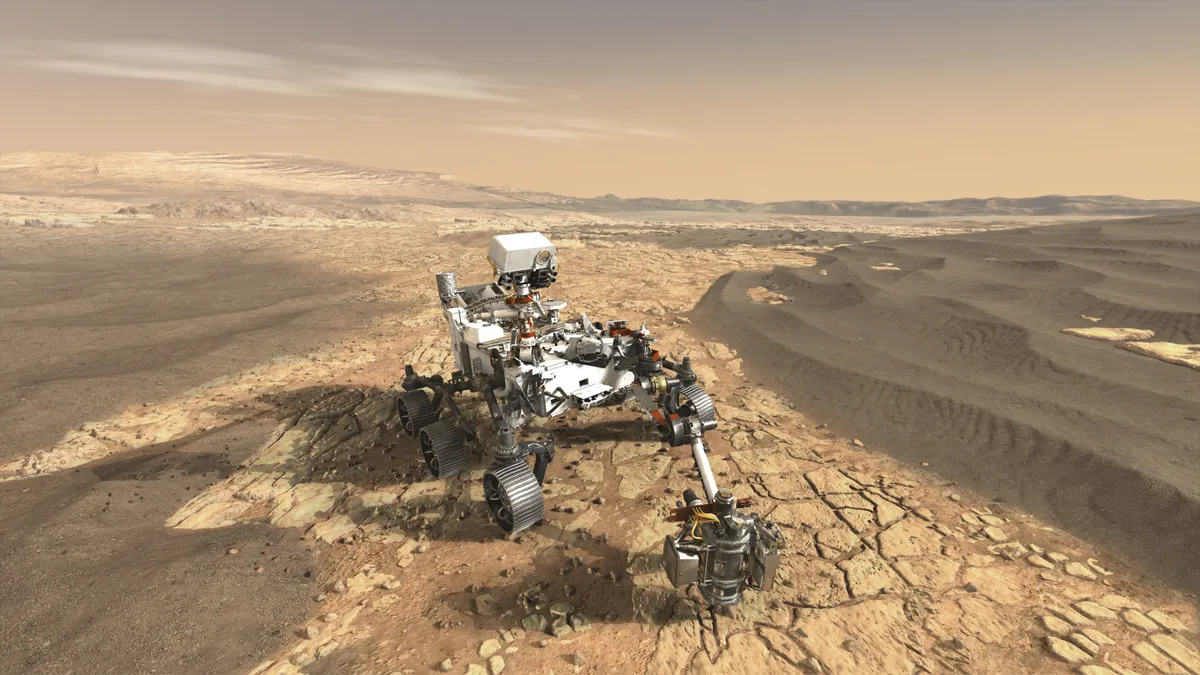
The search goes on...
What of future space missions to seek out answers to the question of panspermia? What of the orbital and landing missions on Mars, the icy moons, and asteroids and comets?
Many believe that it will need the presence of astronaut explorers on the surfaces of Mars and other longer distance targets like Europa and Enceladus to properly solve the question of life in the Solar System.
Comparing any life forms found, be they past or present, with Earth-type life will be a crucial test of panspermia and exobiology researchers have to take the possibility on board when designing life-seeking space missions for the future.
Until probes find direct evidence of space-borne life, whether on a planet or moon surface or via deep-space sample collection, the panspermia debate will continue.
Nick Spall is a freelance space writer. He’s interviewed astronauts, and experienced zero-G and parabolic flights.
This article originally appeared in the July 2017 issue of BBC Sky at Night Magazine.
